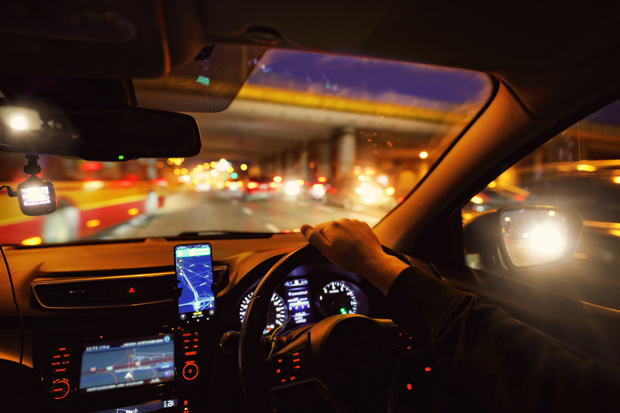Psychologist explains why drivers are more likely to speed at night

Drivers are more likely to break the speed limit on a 30mph road at night rather than in the day, analysis of government vehicle compliance statistics has revealed.
Whereas 42% of drivers break a 30mph speed limit in the day, this jumps to 56% at night.
While lighter traffic is an obvious factor, a psychologist says drivers perceiving a lower likelihood of encountering enforcement measures could be another reason for the difference.
"At night, there is a higher likelihood of the effects of fatigue and alcohol or drugs, which affect drivers’ judgement of their own speed and appropriate speeds for the conditions," explains chartered psychologist Dr Julie Gandolfi.
"Night driving also presents increased challenges in gathering visual information from the traffic environment, particularly in less built-up areas with lower ambient light levels."
She added that for young drivers in particular, they are more likely to have others in the car during evenings, "increasing the risk of peer pressure affecting driver decision-making and risky behaviour."
The growing number of 20mph speed limits were also investigated by new driver car insurance firm Zego.
It found the government report revealed that, under free-flowing conditions, a hefty 76% of drivers exceeded the 20mph speed limit – but only 1 in 10 did so by more than 10mph.
The number of drivers exceeding the limit on free-flowing 30mph roads was considerably lower at 43%.
"People are accustomed to 30mph being the default speed limit for residential areas so they may forget that 20mph speed limits are in force," says Dr Gandolfi.
"Familiarity with the sensation of driving at 30mph in built-up areas means that 20mph feels very slow, to the point where drivers may feel it is inappropriately slow, which makes them feel uncomfortable.They choose to drive at the speed they feel is appropriate, rather than the posted limit.”
The government data shows 1.84 million drivers had to attend a speed awareness course in 2024. That’s a staggering 139% increase since 2011.
Dr Gandolfi said that a combination of enforcement, education and engineering was important to reduce the risk of speeding.
Again, while enforcement and education are obvious, engineering also has a key role to play.
"Engineering is the basis for safe roads which provide drivers with the correct information and feedback to make safe decisions… for example, by demarcating 20mph zones with more than just signage to improve drivers’ awareness of the requirements."

